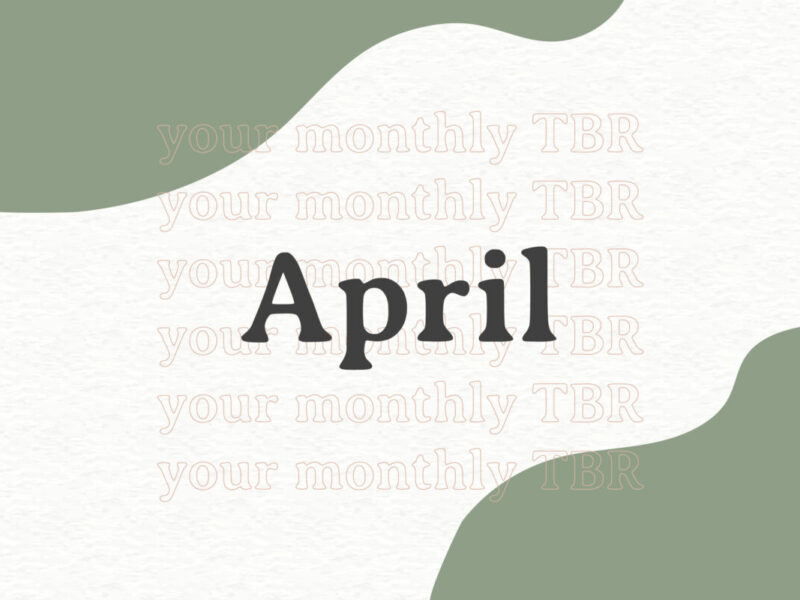Poetry with a Purpose: Why the Haiku?
April 17 was International Haiku Poetry Day, giving poets the perfect opportunity to celebrate this age-old form. Traditional, structured, and usually unrhyming, this short form of Japanese poetry is well known for its rule of 5/7/5: five syllables in the first line, seven in the second, and five again in the third.
Haikus are a favorite among poets for their challenge to paint a vivid picture in just a few words. A practice of artistic discipline, the haiku’s minimal nature requires poets to pare down to only the essentials—making each word, or even syllable, count.
A brief history of the haiku
The haiku first appeared in Japanese literature around the 17th century, but it didn’t earn its proper name until around the 19th century. At first, the subject of haikus was restricted to nature, naming the season and using an objective description style to evoke an emotional response in the reader.
Haikus became more widely accepted as literary and refined after the Japanese poet Matsuo Bashō adopted them as his hallmark style. In 1679, he wrote his first—and now famous—haiku:
On a withered branch
A crow has alighted:
Nightfall in autumn.
Bashō spent a great deal of time studying Zen philosophy. He believed the haiku was an opportunity to compress the meaning of the world into a simple pattern, leaving glimmers of hope in small, simple things and revealing the connectedness of all life on earth.
Haikus in contemporary poetry
Today, haikus are no longer limited to the subject of nature, although nature is still a popular topic. Haikus can be written for just about anything. There are haikus for humor, to raise social awareness, to evoke emotions, or to reminisce on the past. The idea of compression, though, remains the same. Haikus are a microcosm of a larger idea or feeling. They are brief, poignant, and powerful.
The iconic poet, playwright, professor, and activist Sonia Sanchez has used traditional forms like haiku and tanka to celebrate historical figures and raise awareness of the history of slavery. Her poem “Haiku and Tanka for Harriet Tubman” uses a series of haikus and tankas to paint a deeply moving picture of Harriet Tubman:
5
Picture this woman
saying no to the constant
yes of slavery …
6
Picture a woman
jumping rivers her
legs inhaling moons …
7
Picture her ripe
with seasons of
legs … running …
8
Picture her tasting
the secret corners
of woods …
9
Picture her saying:
You have within you the strength,
the patience, and the passion
to reach for the stars,
to change the world …
If you’re looking for more haikus, don’t miss these 10 vivid haikus to leave you breathless. If you’re interested in writing your own haiku, jump right in! All you need is the 5/7/5 rule and an observant eye. Use this form to express something you’re passionate about, a strong emotion you’ve felt, or a memory dear. Whether you’re a seasoned poet or a beginner, haikus are a great way to practice the power of concision.




